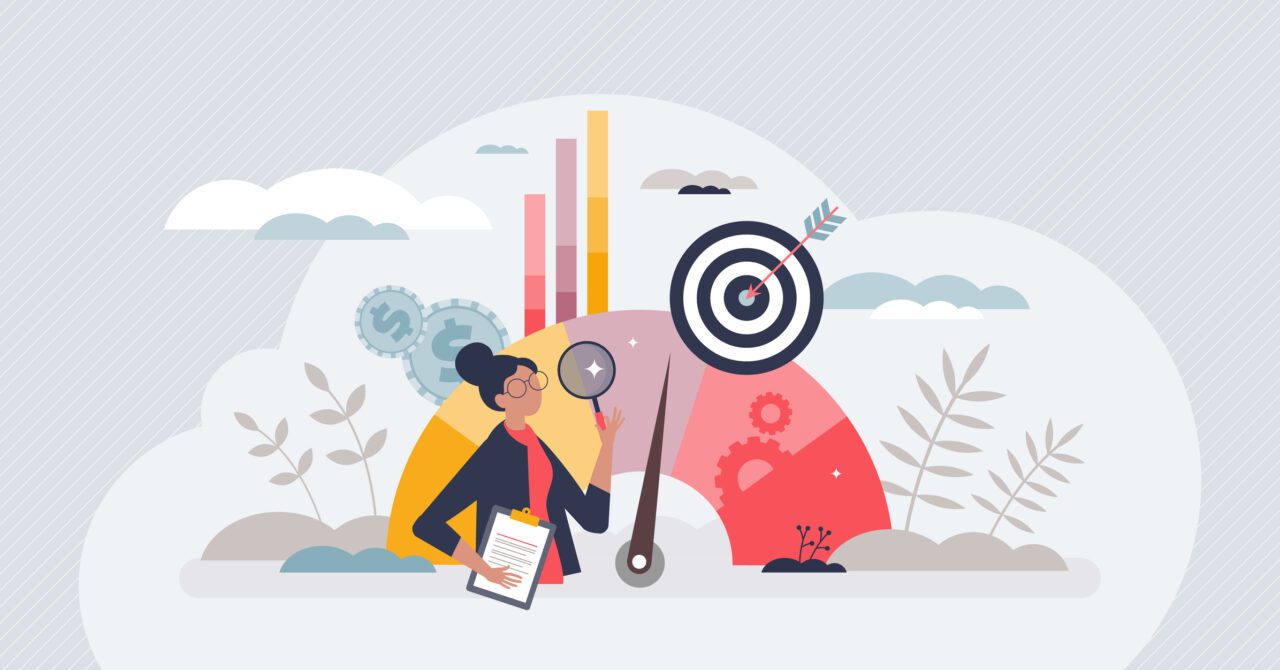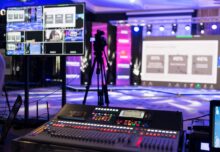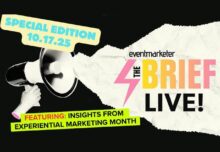Event Marketer has partnered with the industry’s leading authority on event measurement and analytics, the Experiential Marketing Measurement Coalition. The collaboration provides experiential marketers with important tools and resources designed to help them track and measure the success of their events. Learn more here.
By Dax Callner, Founder and Board President, Experiential Marketing Measurement Coalition
We spend a lot of time at the EMMC talking about why measuring events and experiences is important. And we try to focus on the metrics that matter most.
Let’s assume that you are fully on board with the idea of measuring, but are not sure what to do next. It’s time to talk about the ‘how’ of measurement (and a little bit about the ‘how much?’). Here is how a team can measure an event or experience:
Step one: Setting objectives
It sounds obvious, but the first to-do in measurement is establishing clear and measurable objectives, and ideally making sure everyone is in agreement: here’s what we want success to look like. The EMMC has a lot of guidance on standard metrics for events and experiences, but the big questions to ask are:
- What do we want people to do at the experience?
- What do we want attendees/participants to do as a result of the experience?
- What do we want them to think about the brand?
- What do we want them to say about the value of the experience?
- How sustainable do we need to be?
- How diverse, equitable and inclusive should we be?
Each of these questions can be connected to information you need to gather, and you should consider establishing specific targets for what you are hoping to accomplish.
*****
Step two: Creating the data-capture plan (and budget)
Once you’ve established objectives, you can now figure out what types of data is needed for each objective. For example, it might mean you need feedback from attendees (you probably will). It may mean you need to track what people are doing at the event. It might mean capturing data related to sustainability (like Co2 emissions) and DEI (as outlined in EMMC guideline on measuring DEI at events).
Outline your key data points and the tools needed to capture that data. Here are some commonly used tools:
TOOL: Pre-event/experience survey
PURPOSE: A good way to get a ‘pre-read’ on what attendees think and feel ahead of the event
TOOL: During-event polls
PURPOSE: A chance to get instant feedback about an individual activity like a session or product demonstration
TOOL: Movement tracking (sometimes called ‘heat mapping)
PURPOSE: Showing what people are doing and for how long, throughout the experience
TOOL: Lead capture / analysis
PURPOSE: Capturing and qualifying sales leads for post-event outreach with analysis to understand potential sales impact
TOOL: Sustainability tracking
PURPOSE: Used to collect data relevant to sustainability goals (emissions; waste management; etc.)
TOOL: Observation
PURPOSE: To gain deeper understanding of event performance from an expert perspective, and to provide additional context to explain data-oriented results
TOOL: Post-experience surveying
PURPOSE: A good way to understand what attendees think, feel and intend to do after the experience. We also like surveying on-site teams for their feedback.
Each of these elements may have a cost and certainly need some time to make them happen.
- Surveys these days can be administered very inexpensively, but there’s real expertise in crafting a credible survey (so you might need to engage someone to help)
- Polls can often be conducted through audience mobile devices
- There are an array of technologies and tools to track at-event behavior, with a broad range of cost levels
- Data capture devices (like badge scanners) are often available to rent, and there are also inexpensive apps which can be downloaded onto event staff devices
- Sustainability data can be gathered by the event team and there are many paid services which can assist with guidance and data analysis
- Observation is free by the event team, but may have a cost if you bring an expert in
*****
Step 3: Capturing data (and optimize real-time, maybe)
Once all of your data capture tools are in place, it’s time to implement them and capture data. For example, you might ask pre-event questions during event registration, if that is possible. And there are a range of options for surveying audiences about their experience that you might consider:
- An email survey that gets sent out immediately after the event (we’d suggest within an hour, and without any other requests in the email)
- An event app survey with a push notification asking people to complete the survey on their device
- An interview-based survey in which a staffer asks people about their experience
For a longer event, you may consider reviewing data as it becomes available or on a regular basis, and make changes to the event based on what the data is telling you. For instance, imagine you are getting a lot of badge scans but not many qualified leads at a B2B trade show exhibit. You might instruct your booth staff to be more diligent about qualifying who they engage.
*****
Step 4: Analyzing data
Once your event or experience is finished and you’ve given any post-event surveys time to get completed, it’s time to jump into the analysis. There are many data analysis tools which can make this step a breeze, or you can engage a data analyst to assist. What you want is a full picture of what you’ve captured, and some visualizations to make it easy to understand.
*****
Step 5: Reporting
Your data is analyzed: it’s time to build the measurement report. We’d start by re-articulating the objectives you’d established, including results with data visualizations, and, importantly, your thoughts to explain the results. What worked well? What should be done differently next time? These important questions need your expertise, and should lead to events that get better and better over time.
Image credit: iStock/VectorMine






